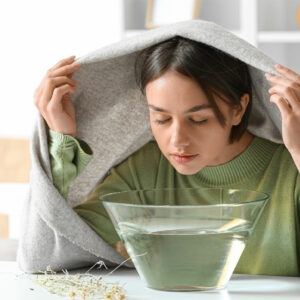
01
7 common myths about sunglasses that can affect eyesight
Many wear branded sunglasses to make a fashion statement. Some wear them simply to protect their eyes from the sun’s ultraviolet A and B rays. However, a few choose not to wear sunglasses due to various myths. For instance, they believe that only expensive sunglasses offer sun protection and so do not bother to invest in them. Below, we have tried to debunk a few such myths about sunglasses that could damage your vision: One should wear sunglasses only on sunny days This statement holds no truth. Various experiments and studies have revealed that the sun can affect our eyes even when hidden behind clouds, mainly because the atmosphere keeps the UV rays active. In such situations, the effect of the rays can be more harmful. The sun’s UV rays can easily pass through fog and clouds, increasing the risk of eye issues, such as cataracts, in any season. During winter, the sun’s rays can reflect off frost and snow and cause photokeratitis or snow blindness, a severe eye condition. If your eyes are overexposed to UV rays, they can become dry, red, and tender or even get seriously damaged. Hence, it is advisable to protect the eyes with sunglasses or prescription lenses that offer UV protection. You can find such sunglasses easily on the market from different brands. Use them irrespective of whether the sun is shining brightly on a given day or hidden behind clouds. The sunglasses’ size does not matter Many people believe that the size of their sunglasses does not matter and that they can choose any size they wish. It is a dangerous myth because the right size is necessary to block the sun’s rays. Experts recommend choosing bigger sunglasses because the bigger the sunglasses, the more protection they will offer by covering a larger area around the eye.
Read More 










